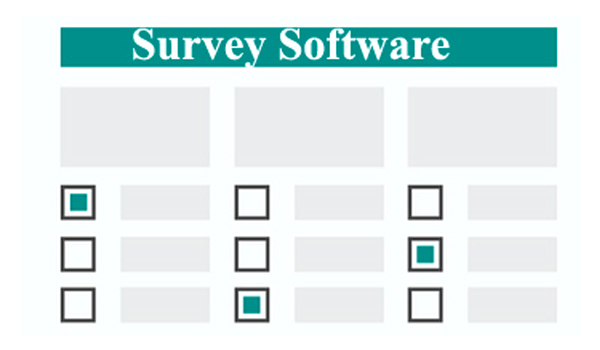Competitor Analysis
Competitor analysis is when one organization evaluates and categorize their industry competitors or market to have a better understanding of their strengths, weaknesses, and processes with a direct contrast to their own.
Updated: November 22, 2023

Competitor analysis is when one organization evaluates and categorize their industry competitors or market to have a better understanding of their strengths, weaknesses, and processes with a direct contrast to their own. These competitors will generally have similar pricing, products, services, strategies, or audiences and should be evaluated based on a predetermined set of business criteria.
It is possible for a business to see competitors through the eyes of shared customers with the right competitive intelligence tools, which is a way to identify areas to improve for continued success.
You need to first choose the competitors to analyze within a sector or market; determine the aspects of the business of a competitor to analyze; narrow down where to start looking for the data, whether it be their website, within search engines results pages, social sources or financial reports; and apply insights to the business model as ways to improve and grow for making the analysis to be as useful as possible.
Website features, customer experience elements, social media strategy, content marketing, marketing initiatives, email marketing strategy and customer reviews are basic elements of a competitor analysis.
Conducting a competitor analysis help narrow down the ways a business, service, or product needs to be improved. It remain up to date on marketing trends, product offerings and industry best practices. Insights are provided into how to adjust processes to better serve an audience or group of customers. New strategic opportunities can be uncovered to improve products or services. It can set benchmarks in a better way and measure future growth of an organization.
Benefits of conducting a competitor analysis
Market Understanding: Gain insights into the competitive landscape to better understand market dynamics.
Identify Strengths and Weaknesses: Evaluate competitors' strengths and weaknesses for strategic planning.
Product Improvement: Identify areas for improvement in your products or services based on competitors' offerings.
Market Positioning: Define and refine your market positioning by understanding where competitors stand.
Customer Insights: Analyze competitors' customer base to identify potential opportunities or gaps in your own customer acquisition.
Innovation Inspiration: Stay informed about industry innovations and adapt strategies accordingly.
Risk Mitigation: Anticipate potential threats and risks by monitoring competitors' actions and responses.
Strategic Decision-Making: Make informed strategic decisions based on a comprehensive understanding of the competitive landscape.





